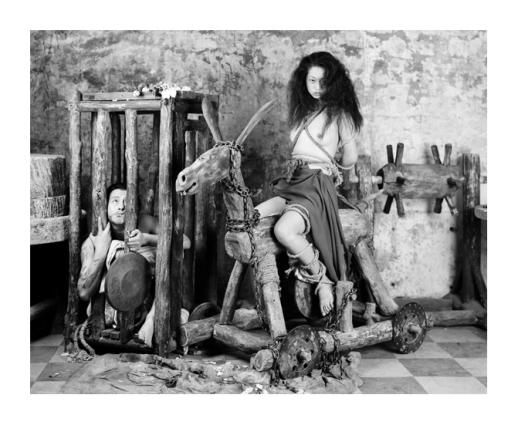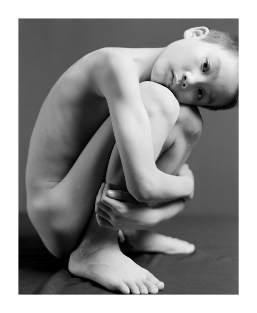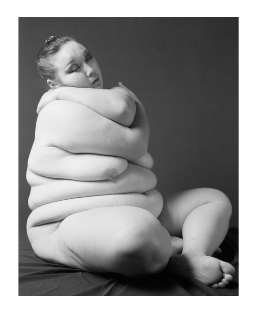A Touch of Zen
If a British man opens a photography gallery in Tokyo you might reasonably expect him to join the hordes already showing Japanese artists’ work. You might even be forgiven for thinking he wants to show photographers from his own country, or other westerners. No, Mark Pearson, owner of just-opened Zen Foto Gallery in Shibuya, has his sights set firmly on the vastness that is modern China, and all it can offer the Japanese art world.
He sat down with TABlog to discuss his new gallery and its inaugural exhibition, Liu Zheng’s “Dream Shock”.
How did you come to be running a gallery in Shibuya? Have you previously been a collector?
I came to Japan for the first time about twenty-eight years ago and have been coming to Japan every year since. During that time I’ve lived in Japan about ten or eleven years. Initially I was in investment. In the last decade I’ve become more interested in Japanese art. I’ve made a collection of Japanese photography of some of the well-known names.
Initially I was thinking of doing international photography. It was Mr. Taka Ishii [of Taka Ishii Gallery] who made the suggestion to concentrate on Chinese photography. That immediately clicked with me.
But your focus is very strong: Chinese photography. A question a lot of people will ask is: ‘Why not Japanese photography?’
I find Japanese photography nowadays, as a generalization, has become rather subdued. There is not a lot of excitement. That’s what you get in China. Energy. Dynamism. Colour. And to some extent, commercialism. They want to sell their photographs. A lot of the Japanese photographers are a bit shy about that. In China there is a lot of copying, you get a lot of spin-off and rip-offs. On the other side there are people really trying to do something different, because you then get noticed. I thought bringing Chinese photographers to Tokyo would provide a stir to Japanese photographers.

You gave your gallery a catchy name.
I’m not a Buddhist [but] I’m very interested in Buddhism. Zen sounds Japanese but it’s not. Everything originated in India but it came [to Japan] through China and Korea. I wanted something that is Pan-Asian. I see Japan and China as pretty much sister-brother countries. I hope it is a collaborative relationship between the countries. I am open to the region generally. I’m certainly open to Korean, Taiwan, India and other South-East Asian photography.
So, not necessarily just Chinese photographers. But most people think of Beijing, and maybe Shanghai, when they think about Chinese contemporary art. Are those cities your focus in China?
The regions are also very interesting. We’ll have six major exhibitions a year. In between that I want to introduce some of the younger guys [from the regions]. We can do those for ten days, as opposed to four weeks for the main exhibitions.


You’ve got a real powerhouse first exhibition. A major name, Liu Zheng, and a startling set of images.
I’ve been really lucky that he agreed to be the first exhibition. He was a true pioneer in Chinese modern photography. He never photographs foreigners. Like [August] Sander he is trying to document the nature of the Chinese.
He’s a great critic of contemporary China. He really likes Japan and Japanese culture. One of his themes is his distaste for what is happening in modern China and the destruction of culture, which he finds very disturbing. Even though Japan has also lost a lot they have also retained a lot. Examples would be arts and crafts.
But more than satire a visitor to this exhibition might first of all simply be shocked by the raw nudity on display.
The shock idea has something to do with the disparity between the dream of China and the reality. He has an idealized idea about what’s good about China, up to the nineteenth century, when China was developing culture that was ahead of the west. There were a lot of good aspects of the culture.
Another of his themes is the nature of people. The nature of the people was different [in the past]. I think he is saying that people’s identity has changed – and not in a good way. Is economic development a good thing or not? Economic growth causes the loss of these communities.
The relationship between Japan and China politically has been pretty bad recently. How do you think this has affected the art world?
Japan has a huge challenge because China is going to rapidly overtake Japan. And right now I think they are being rather complacent. A lot of Chinese people like Japanese art. There isn’t a lot coming the other way.
There are a lot of western photographers in Tokyo, especially freelance commercial ones. How do you fit into this ‘scene’?
I’m looking to organize a monthly meeting for gaijin photographers. That would be on a non-commercial basis. It would be a space to meet and talk, and discuss and look at photography for English-speakers.
William Andrews
William Andrews



